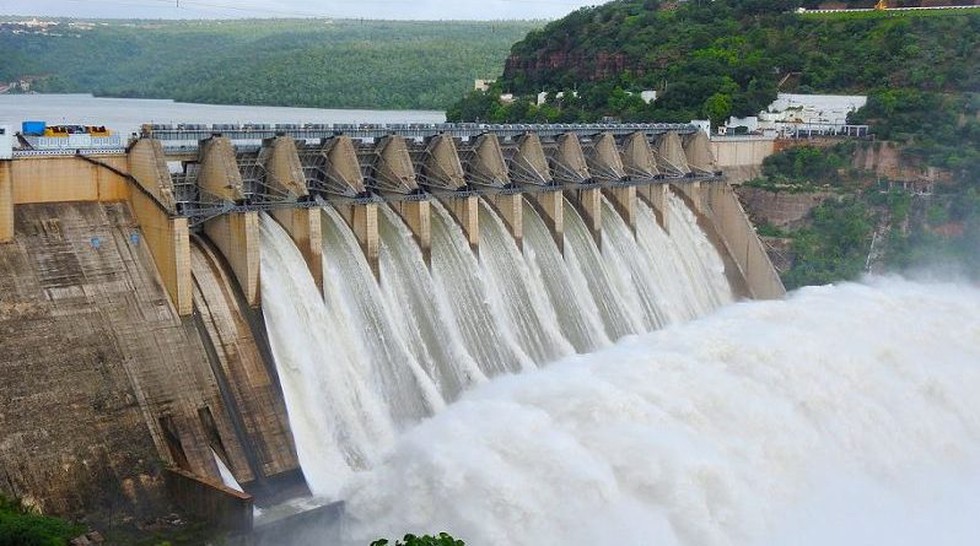About Upper Karnali Hydro-Electric Power Project:
- It is a 900 MW run-of-the-river hydropower project being developed on the Karnali River in Nepal.
- The project will supply power to Nepal, India, and Bangladesh for a contracted period of 25 years.
- The Government of Nepal awarded the project to GMR Upper Karnali Hydro Power Limited (GUKHL), a subsidiary of GMR Group India, under a memorandum of understanding (MoU) signed in January 2008.
- GMR is developing the project on a build-own-operate-transfer (BOOT) basis.
- The Nepal Government received 27% free equity in the project as part of the MoU with GMR.
- It is estimated to generate 3,466 million units of electricity, while offsetting approximately two million tons of greenhouse gas emissions a year.
- It will feature a concrete gravity dam, headrace tunnels, a fish pass, feeder tunnels, surge and pressure shafts, and silt flushing tunnels.
Key Facts about Indian Renewable Energy Development Agency Limited (IREDA):
- It is a Mini Ratna (Category I) Government of India Enterprise under the administrative control of the Ministry of New and Renewable Energy (MNRE).
- IREDA is a public limited government company established as a non-banking financial institution in 1987.
- It is engaged in promoting, developing and extending financial assistance for setting up projects relating to new and renewable sources of energy and energy efficiency/conservation.
- Motto: “ENERGY FOR EVER”
Key Facts about Karnali River:
- It is a perennial trans-boundary river originating in the Himalaya Mountains on the Nepal side of the Tibet border across from holy Kailash.
- It is the longest and largest river in Nepal, at 315 miles. More than 90% of the basin lies in Nepal.
- It cuts through the Himalayas in Nepal and joins the Sharda River at Brahmaghat in India.
- Together, they form the Ghaghara River, a major left bank tributary of the Ganges.
